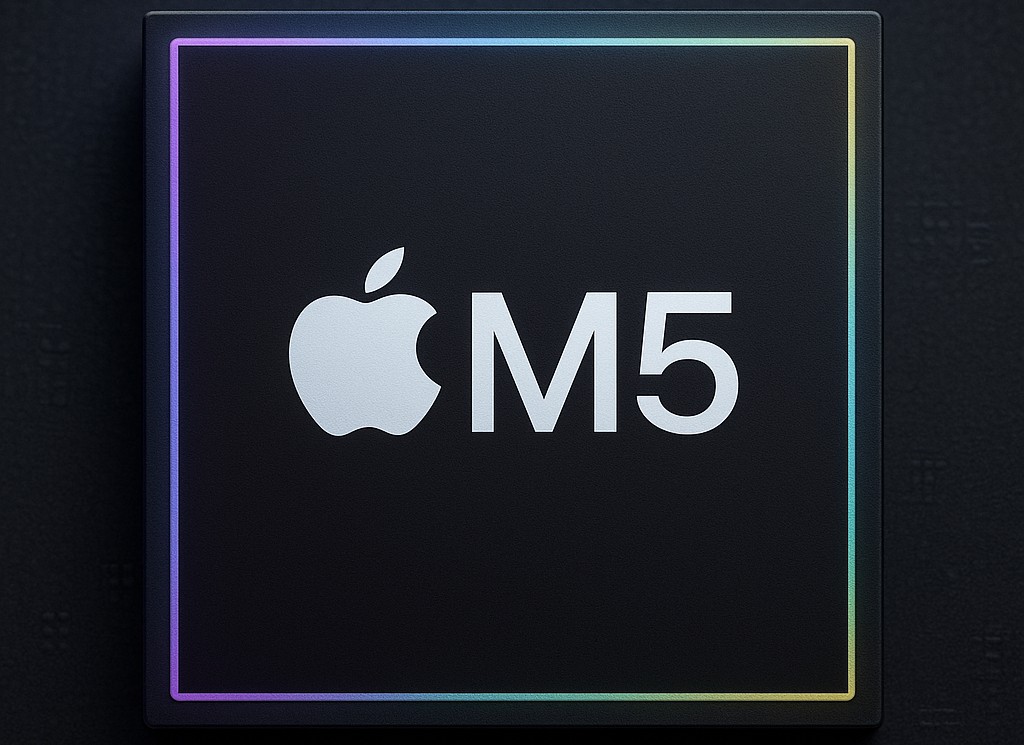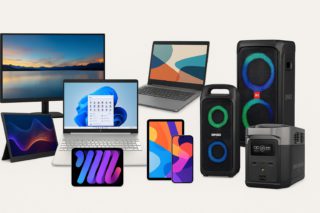Tired of wondering whether your current MacBook still cuts it? Apple silicon M5 chip debuts this October in the new iPad Pro, Vision Pro, and entry-level MacBook Pro, promising the usual silicon improvements with a twist: this time, your upgrade decision depends heavily on which generation you’re jumping from.
Performance Gains Hit Different for Different Users
Early benchmarks reveal a tale of two upgrade experiences.
The M5 delivers roughly 10% faster single-core and 15-20% better multi-core performance compared to the M4, based on preliminary Geekbench results from independent reviewers. Built on TSMC’s third-generation 3nm process, the chip matches early M-series Pro models in graphics capability while maintaining Apple’s signature energy efficiency.
Translation: if you’re still rocking an M1 or M2 device, this represents a meaningful leap in multitasking and creative workflows. M4 owners, however, face the classic “is incremental worth it?” dilemma. Those experiencing frequent computer problems might find the upgrade particularly compelling.
Vision Pro Gets Its Performance Lifeline
The spatial computing headset desperately needed this silicon boost.
Perhaps nowhere is the M5 more crucial than in Apple’s struggling Vision Pro, where the updated chip aims to address comfort issues and sluggish performance that contributed to disappointing sales. The enhanced processing power should handle more demanding spatial computing workloads without the battery drain and heat generation that plagued early adopters.
This represents Apple’s direct response to user fatigue complaints that hampered the original model’s adoption.
The Familiar Apple Silicon Playbook Continues
Predictable improvements mask a deeper ecosystem strategy.
This launch follows Apple’s established pattern: premium devices get first access (October 2025), while MacBook Air and higher-powered M5 Pro variants arrive in early 2026. The approach prioritizes sustained performance and thermal management over headline-grabbing spec bumps—very Apple, very predictable, and very effective for users who value longevity over bleeding-edge thrills.
Your 2021 MacBook Pro isn’t suddenly obsolete, but it’s definitely feeling its age in ways that matter for intensive work. Apple’s silicon strategy remains remarkably consistent: steady improvements that compound over generations rather than revolutionary leaps that break compatibility. For M1 and M2 users, the M5 represents a worthy upgrade. For M4 owners? That’s between you and your workflow demands, though those following Apple’s broader chip development including the A18 chip will appreciate the consistent innovation trajectory.





























